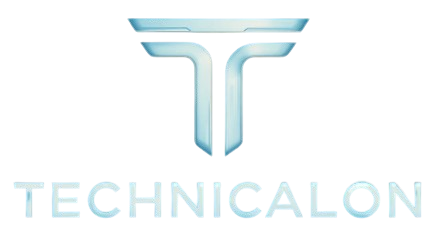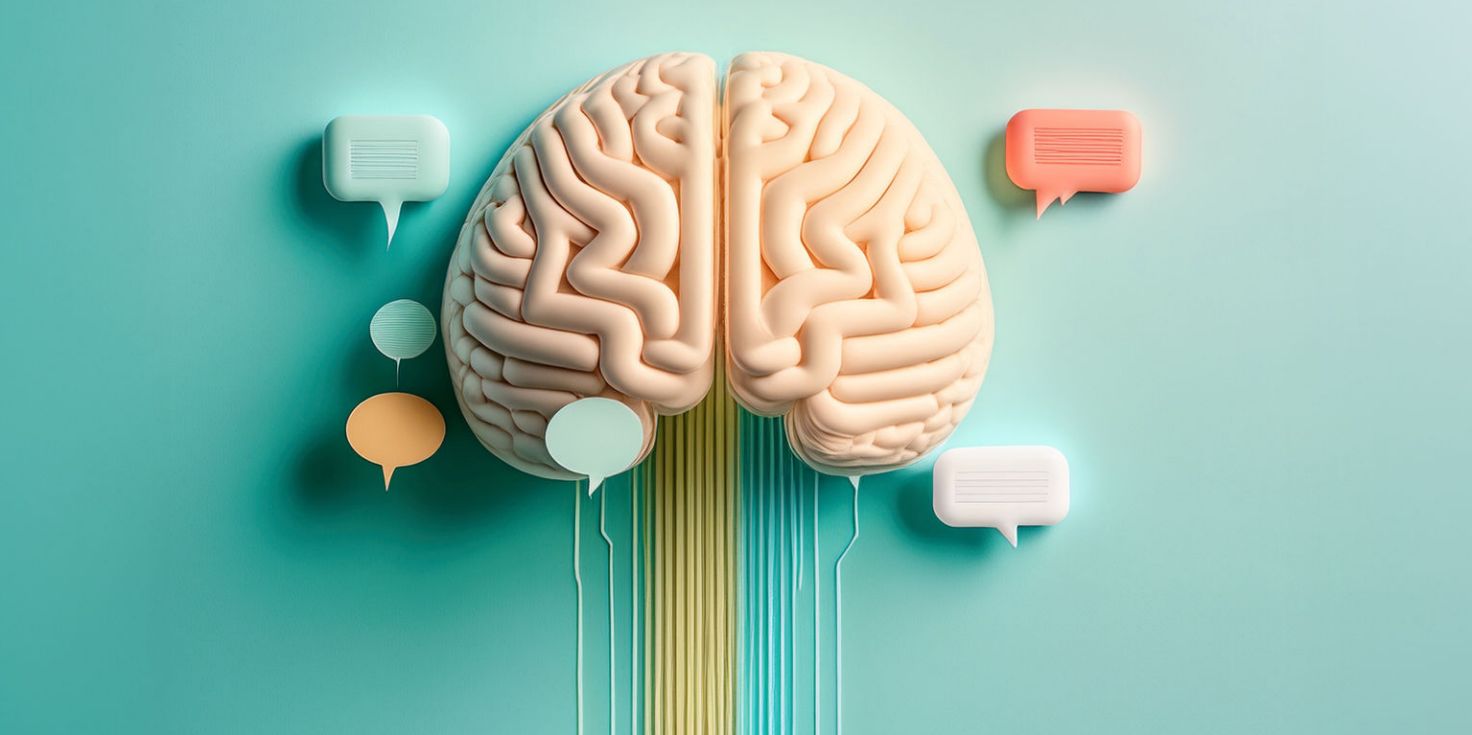Artificial Intelligence (AI) is no longer a futuristic concept. it is actively shaping the way criminal justice systems operate worldwide. From predictive policing and data-driven risk assessments to surveillance and investigative tools. AI is being deployed to improve efficiency and decision-making. These technologies promise benefits such as faster analysis, crime prevention, and better resource allocation, they also raise critical questions about fairness, transparency, and the risk of wrongful profiling.
AI tools advance, policymakers, researchers, and law enforcement must grapple with both the opportunities and challenges they present. AI can support tasks like DNA analysis, crime forecasting, and monitoring offenders, yet its misuse can lead to bias, errors, and serious consequences for individuals. Moving from reactive to proactive approaches in criminal justice is transformative—but it demands responsible use, ethical safeguards, and clear accountability to ensure justice is served fairly in this new era of technology.
Understanding Artificial Intelligence in Criminal Justice
Defining Artificial Intelligence in Legal Systems
Artificial intelligence refers to computer systems designed to mimic human reasoning, learning, and decision making. criminal justice, AI often appears in the form of machine learning algorithms, predictive analytics, and automation tools that support law enforcement officers, judges, and legal professionals in making better-informed decisions.
Current Applications in Criminal Justice
AI is currently used in multiple areas of criminal justice:
- Predictive policing to anticipate crime hotspots.
- Facial recognition technology for suspect identification.
- Risk assessment algorithms for bail, probation, and sentencing decisions.
- Legal research automation, reducing the time spent analyzing vast legal documents.
- Forensic analysis tools that detect digital evidence more efficiently than humans.
Opportunities of Artificial Intelligence in Criminal Justice
Predictive Policing and Crime Forecasting
Predictive policing systems use data from past crimes to identify high-risk areas and times for potential criminal activity. This proactive approach allows law enforcement agencies to allocate resources effectively, potentially reducing crime rates.
AI in Law Enforcement and Surveillance
AI-powered surveillance systems, including facial recognition and behavior detection software, provide real-time monitoring that can aid in identifying suspects or preventing incidents before they escalate.
Risk Assessment Tools in Sentencing and Bail Decisions
Courts use AI-driven risk assessment tools to evaluate the likelihood of reoffending, influencing bail and sentencing decisions. While this increases efficiency, it also raises concerns about algorithmic fairness.
Enhancing Efficiency in Legal Research and Court Processes
AI reduces the workload in courts by automating document review, analyzing legal precedents, and even assisting lawyers in building stronger cases. This speeds up proceedings and lowers costs.
AI in Digital Evidence and Forensic Analysis
With the rise of cybercrime, AI is critical in processing vast amounts of digital evidence, from emails to financial transactions, making forensic investigations more accurate and timely.
Challenges and Limitations of AI in Criminal Justice
Algorithmic Bias and Discrimination Risks
AI systems learn from historical data. If past data reflects racial, gender, or social biases, the algorithm may reproduce or even amplify these biases, leading to discriminatory outcomes in policing and sentencing.
Privacy Concerns in AI-Powered Surveillance
The use of facial recognition technology and mass surveillance tools sparks debates about the balance between public safety and individual privacy rights.
Transparency and Accountability Issues
Many AI models function as black boxes, meaning their decision-making processes are not transparent. This lack of accountability challenges the principle of fairness in justice systems.
Ethical Dilemmas in AI-Based Decision-Making
Delegating decisions like bail or sentencing to AI raises ethical questions: Should machines decide matters that can change lives forever? Where should the line between human judgment and machine recommendations be drawn?
Dependence on Data Quality and Security
AI performance depends on the quality and security of the data it processes. Inaccurate or incomplete data can produce misleading results, while cyberattacks on justice databases pose significant risks.
Future Implications of AI in Criminal Justice
The Role of Machine Learning in Justice Reforms
Machine learning models could help uncover systemic issues in criminal justice, such as discriminatory practices, and provide insights that promote fairer reforms.
AI and Human Rights Considerations
The expansion of AI in surveillance and decision-making poses potential threats to fundamental human rights, including freedom of movement, privacy, and protection from discrimination.
Balancing Technology with Human Oversight
Future systems must integrate human judgment as a safeguard. AI should serve as a support tool, not a final authority.
The Path Toward Fair and Transparent AI Justice Systems
Building transparent algorithms, applying ethical AI principles, and ensuring accountability mechanisms will be essential in shaping a justice system that benefits from AI without undermining public trust.
Case Studies and Real-World Applications
Predictive Policing Programs
Cities across the world are experimenting with predictive policing, with varying levels of success. While some report reductions in crime, others face criticism for disproportionately targeting marginalized communities.
Facial Recognition in Law Enforcement
Law enforcement agencies use AI-driven facial recognition for tracking suspects. However, studies reveal accuracy disparities, particularly in identifying people of color, sparking global debates.
AI in Legal Document Analysis
Law firms and courts increasingly adopt AI for document analysis, making legal processes more efficient. This shows how AI can assist professionals without replacing human judgment entirely.
Policy, Regulation, and Ethical Considerations
Need for Fairness and Transparency
Governments must enforce regulations requiring AI tools in criminal justice to be transparent, fair, and regularly audited to avoid biased outcomes.
Government and Judicial Oversight of AI Systems
AI implementation must be subject to strict judicial oversight, ensuring its recommendations are advisory and not absolute.
Ethical Guidelines for AI in Justice
International frameworks and ethical codes will play a central role in balancing technological advancements with human rights protection.
Conclusion
The role of artificial intelligence in criminal justice is both promising and complex. On one hand, AI offers unprecedented opportunities to enhance efficiency, predict crime, and improve legal processes. On the other hand, it introduces ethical dilemmas, risks of bias, and privacy concerns that must be addressed.
For AI to truly benefit the criminal justice system, a balance between technological advancement and human oversight is essential. Transparent, accountable, and ethically guided AI can pave the way toward a more efficient, fair, and just society.

